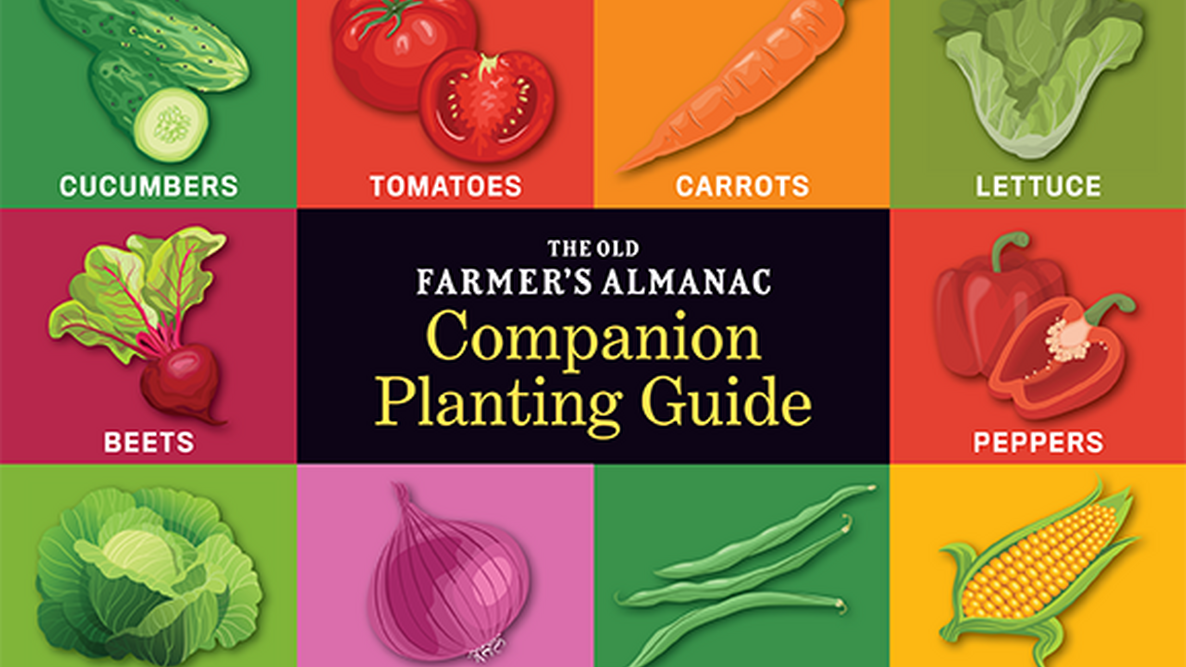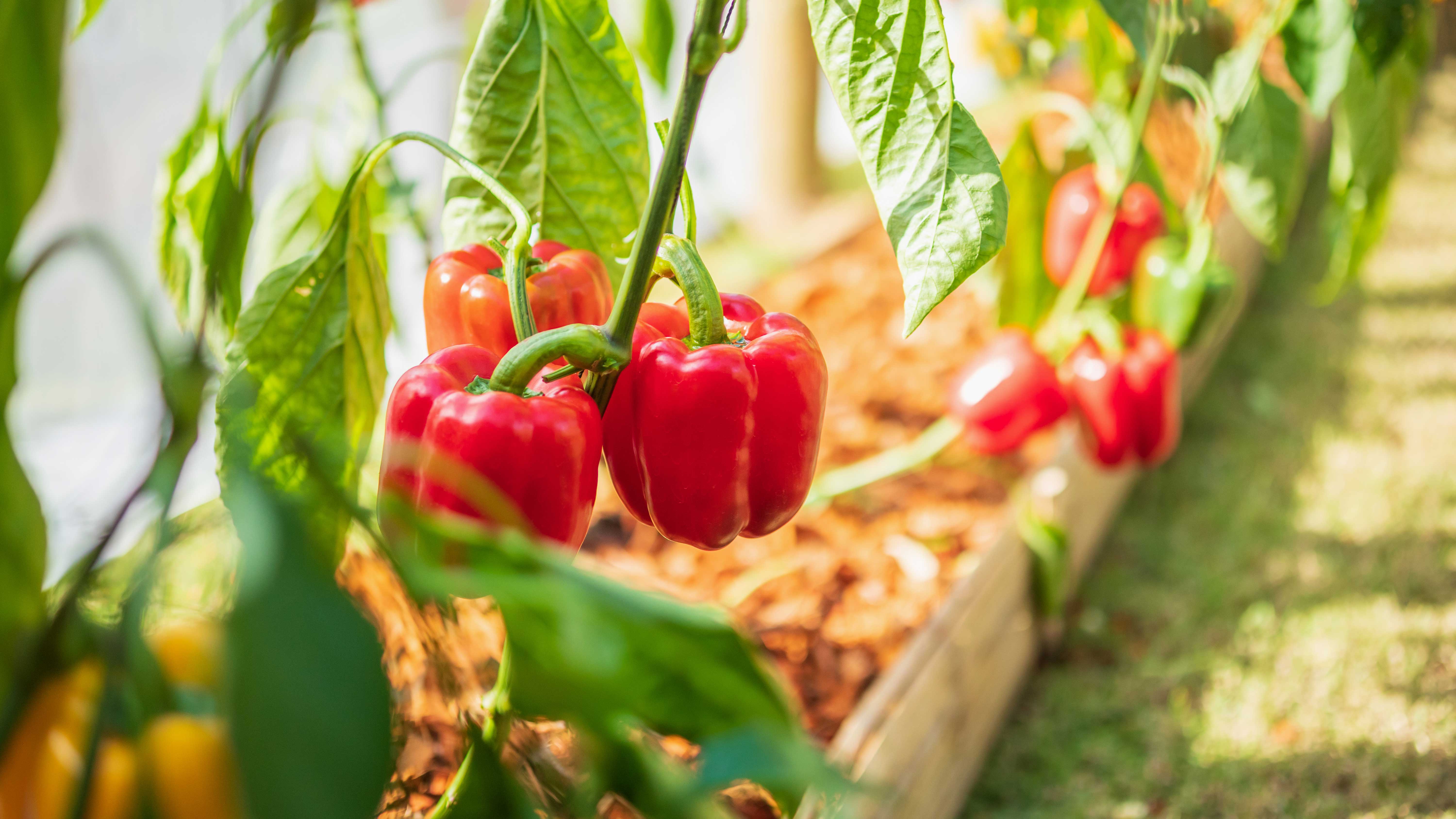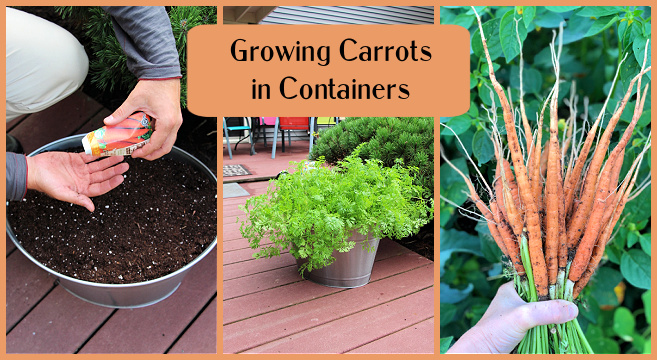Carrots And Peppers: The Perfect Companion Planting
Carrots and Peppers: The Perfect Companion Planting
Carrots and peppers are two popular vegetables that are often grown together in gardens. But did you know that they are also excellent companion plants? Companion planting is the practice of planting certain types of plants together in order to benefit each other. When carrots and peppers are planted together, they can help to improve each other's growth and productivity.
Here are some of the ways that carrots and peppers can benefit each other:
- Carrots provide shade for peppers. Peppers can be susceptible to sunscald, especially when they are young. Carrots, on the other hand, are tall plants that can provide shade for peppers. This can help to prevent sunscald and keep peppers healthy.
- Carrots help to loosen the soil. Carrots are root vegetables that grow deep in the soil. As they grow, they help to loosen the soil and improve drainage. This can benefit peppers by giving their roots more room to grow and by preventing the soil from becoming compacted.
- Carrots attract beneficial insects. Carrots attract beneficial insects, such as ladybugs and lacewings. These insects help to control pests that can damage peppers, such as aphids and caterpillars.
- Peppers deter pests. Peppers have a strong scent that can deter pests, such as whiteflies and cabbage loopers. This can help to protect carrots from these pests.
In addition to these benefits, carrots and peppers also have similar growing requirements. They both need full sun and well-drained soil. They also have similar water needs. This makes them easy to grow together and ensures that they will both thrive.
If you are looking for two companion plants that will benefit each other, carrots and peppers are a great option. They are both easy to grow and have similar growing requirements. When planted together, they can help to improve each other's growth and productivity.
Carrots and peppers are excellent companion plants. Peppers provide the shade that tender carrot tops need while the carrots create a living mulch to reduce weeds. Since carrots are root vegetables, they help to loosen the soil, making it easier for peppers to grow deep roots. Carrots also attract beneficial insects for peppers like ladybugs and lacewings.
To learn more about carrots and peppers companion planting, visit Home Gardening.
FAQ of carrots and peppers companion planting
- Can I plant carrots and peppers together?
Yes, carrots and peppers can be planted together. In fact, they are considered to be good companion plants because they have different growing requirements. Carrots prefer cool, moist soil, while peppers prefer warm, well-drained soil. This means that they will not compete for the same resources. Additionally, carrots release a compound that helps to repel pests, which can benefit peppers.
- What are some other good companion plants for carrots?
Some other good companion plants for carrots include:
* Marigolds: Marigolds help to repel pests, such as carrot flies and nematodes.
* Nasturtiums: Nasturtiums attract pollinators, which can help to improve the pollination of carrots.
* Legumes: Legumes, such as beans and peas, fix nitrogen in the soil, which can benefit carrots.
* Tomatoes: Tomatoes help to deter pests, such as whiteflies and aphids.
* Basil: Basil helps to improve the flavor of carrots.
- What are some plants that should not be planted near carrots?
Some plants that should not be planted near carrots include:
* Dill: Dill can attract carrot flies.
* Fennel: Fennel can also attract carrot flies.
* Celery: Celery can compete with carrots for water and nutrients.
* Parsnips: Parsnips can also compete with carrots for water and nutrients.
* Large root vegetables: Large root vegetables, such as potatoes and turnips, can compete with carrots for space.
- What are some tips for companion planting carrots and peppers?
Here are some tips for companion planting carrots and peppers:
* Plant carrots and peppers in full sun.
* Plant carrots in well-drained soil that is rich in organic matter.
* Plant peppers in soil that is slightly acidic.
* Space carrots and peppers appropriately. Carrots need about 2 inches of space between plants, while peppers need about 18 inches of space between plants.
* Water carrots and peppers regularly, especially during hot weather.
* Fertilize carrots and peppers every few weeks with a balanced fertilizer.
* Harvest carrots when they are young and tender. Peppers can be harvested when they are green or red, depending on your preference.
Image of carrots and peppers companion planting
- Carrots and peppers planted in the same bed. The carrots are in the front and the peppers are in the back. The carrots help to suppress weeds and the peppers help to deter pests.
- Carrots and peppers planted in a staggered pattern. This helps to maximize the space in the garden and also helps to prevent the carrots from shading the peppers.
- Carrots and peppers planted in a container. This is a great option for gardeners with limited space. The container should be at least 12 inches deep and wide enough to accommodate both the carrots and the peppers.
- Carrots and peppers planted near each other in the garden. They do not need to be planted in the same bed, but they should be close enough together so that their roots can interact.

- Carrots and peppers planted with other companion plants. Some good companion plants for carrots and peppers include nasturtiums, marigolds, and chamomile. These plants help to deter pests and attract beneficial insects.

- Carrots and peppers planted in a raised bed. Raised beds are a great way to improve drainage and soil quality. They are also easier to weed and maintain than traditional gardens.

- Carrots and peppers planted in an organic garden. Organic gardens are free of synthetic pesticides and fertilizers. This is a good option for gardeners who want to grow healthy food without using harmful chemicals.
- Carrots and peppers grown in a greenhouse. Greenhouses provide a controlled environment for growing plants. This can be helpful in colder climates or during the winter months.

- Carrots and peppers grown in a vertical garden. Vertical gardens are a great way to save space in the garden. They can also be used to grow plants in areas with limited sunlight.

- Carrots and peppers grown in a container garden. Container gardens are a great option for gardeners with limited space. They can also be moved around the yard as needed.

Post a Comment for "Carrots And Peppers: The Perfect Companion Planting"